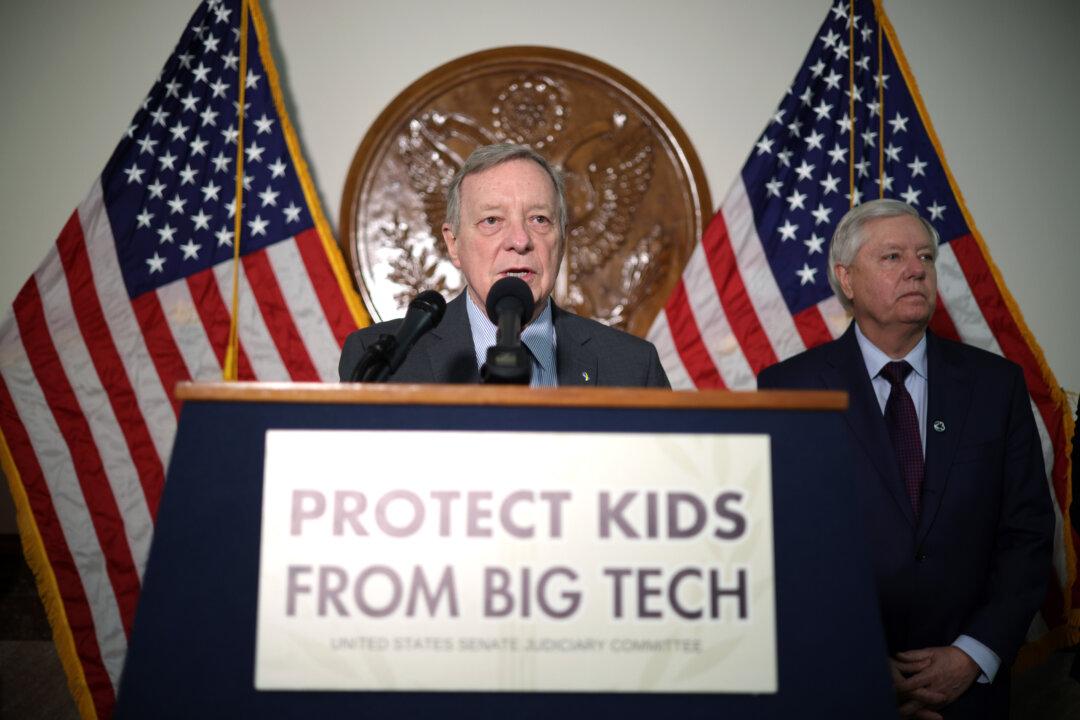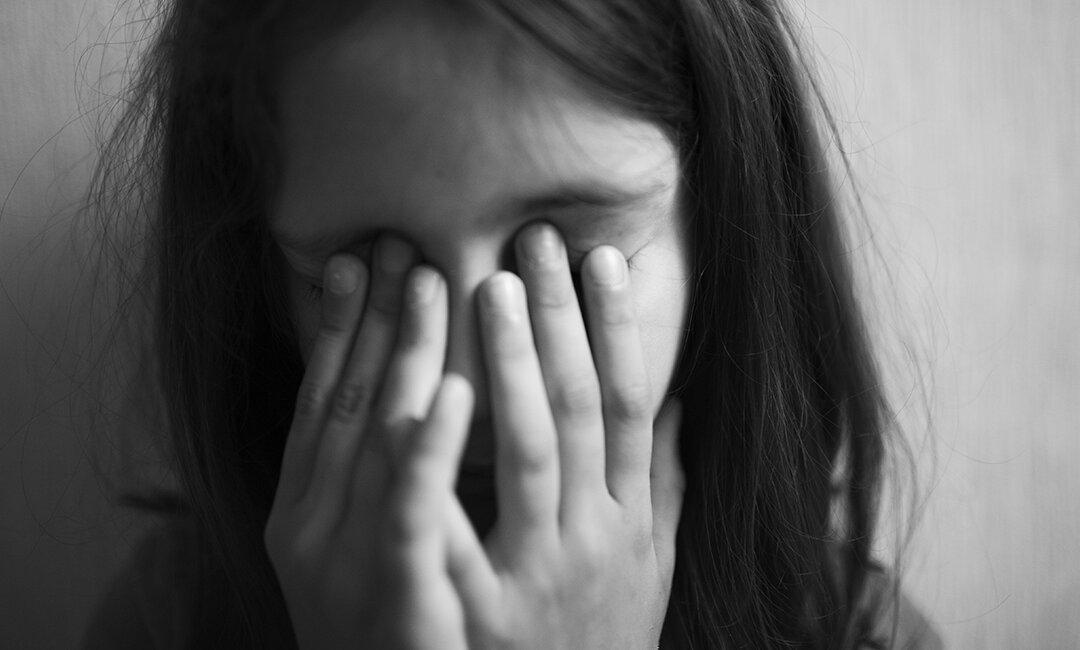Commentary
On Aug. 22, Wired Magazine published an article titled, “Could AI-generated porn help protect children?” Making the wrongheaded assumption that pedophilia is biologically determined and therefore justifies obscene solutions, the piece suggests that AI-generated child pornography could be “one way of diminishing risks.”




